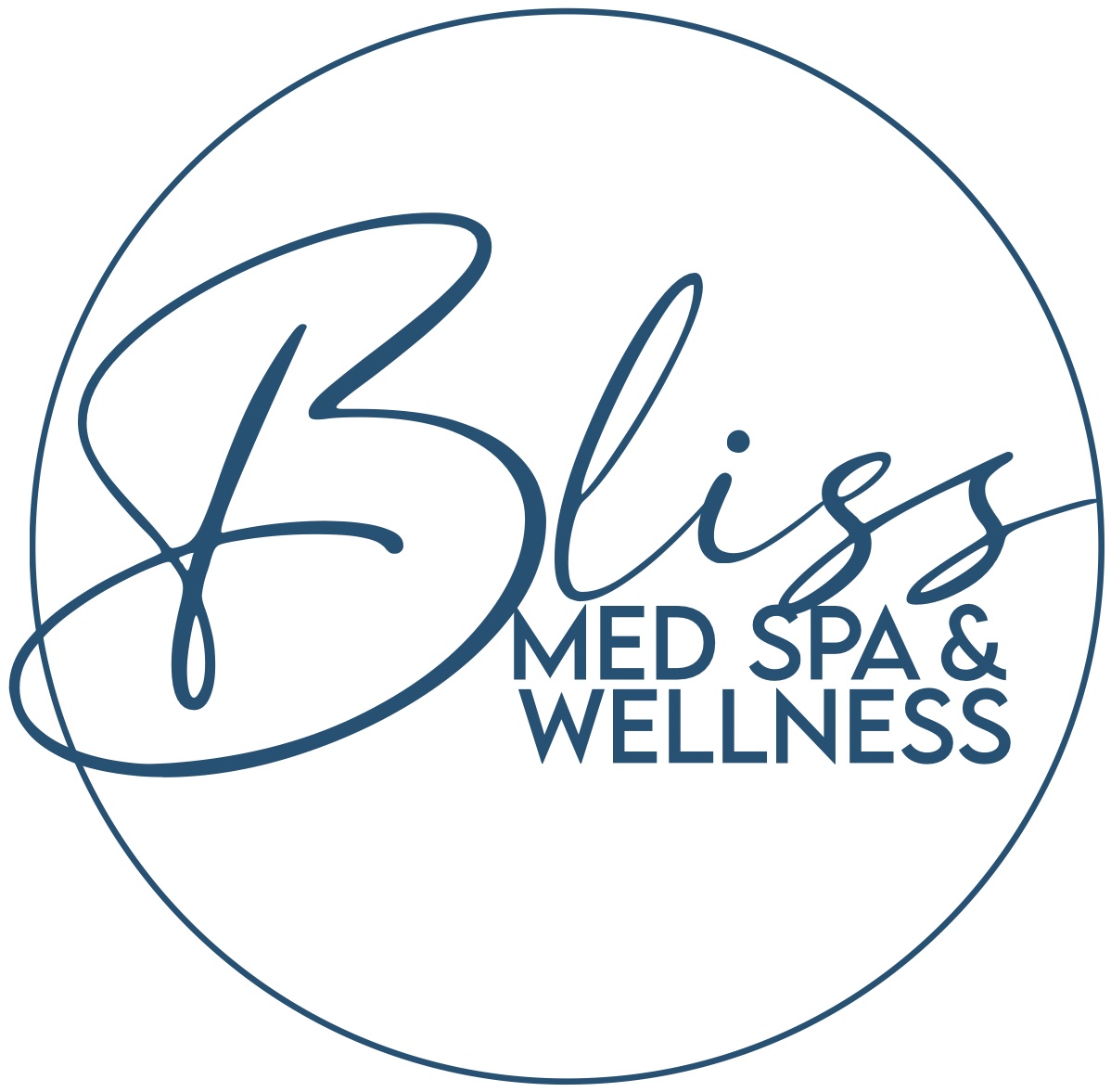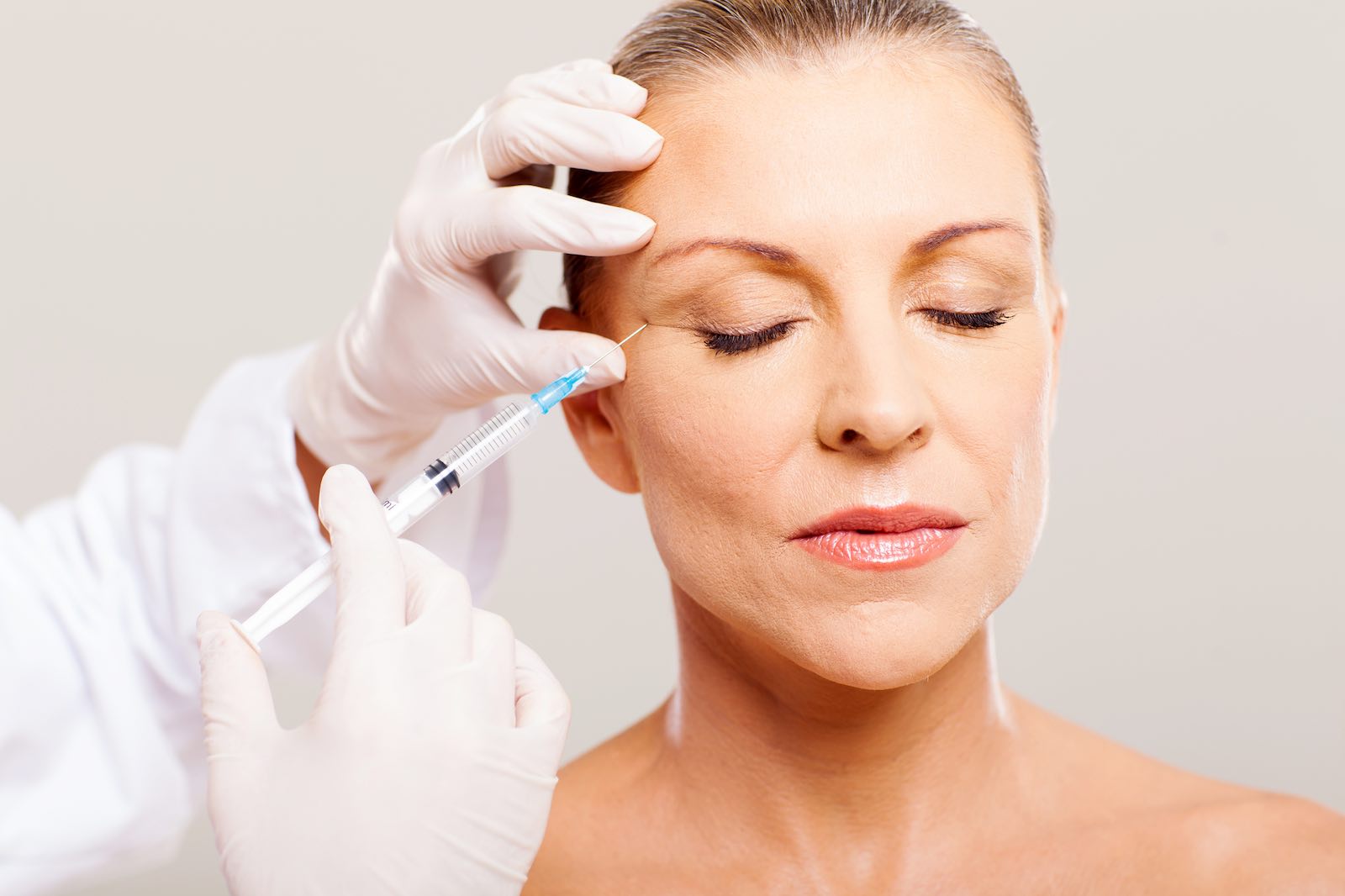Botox and Dysport might seem like interchangeable products for the uninitiated, just two different brand names for injectables that erase wrinkles and fine lines. But for those immersed in the world of cosmetic treatments, they represent two distinct options with specific attributes and use cases.
To help shed some light on the subject, we’ll explore the differences between regular Botox and Dysport in this blog post.
Introduction to Botox and Dysport
Before diving into the differences, it’s important to understand that both Botox and Dysport are types of botulinum toxin injections. They are primarily used for cosmetic purposes to reduce the appearance of wrinkles and fine lines, particularly in the upper face.
Botox, or onabotulinumtoxinA, is a product manufactured by Allergan. It’s been approved by the FDA for use in cosmetic treatments since 2002. Dysport, on the other hand, is another brand name for abobotulinumtoxinA, manufactured by Galderma, and it received FDA approval in 2009.
Understanding the Similarities
Botox and Dysport function in a similar way, by blocking nerve signals in the muscles where they are injected. This prevents the muscles from contracting, resulting in a reduction of the appearance of wrinkles and lines. Both are temporary treatments, requiring re-administration every 3-6 months. In addition to aesthetic purposes, Botox and Dysport are also used therapeutically for conditions like excessive sweating, migraines, and muscle disorders.
Diving into the Differences
Now, let’s delve into the differences between Botox and Dysport.
1. Molecular Structure and Units of Measurement
While both products contain the same active ingredient—Botulinum toxin type A—the protein load surrounding the toxin differs. Dysport has fewer proteins than Botox, giving it a slightly different molecular structure. As a result, the units of measurement for Dysport and Botox are not the same. That means a unit of Botox does not equal a unit of Dysport in terms of dosage.
2. Diffusion and Effect Radius
Dysport is known to diffuse more, meaning it spreads to a larger area after injection. This can be advantageous for treating larger areas like the forehead, as fewer injections might be needed. But for smaller, more precise areas, Botox might be the preferred choice due to its lower diffusion rate.
3. Onset of Results
Typically, the onset of results is slightly quicker with Dysport. Patients often start seeing results within 2-3 days after treatment with Dysport, compared to Botox, which usually shows results within 4-7 days.
4. Longevity of Results
Regarding how long the results last, it’s generally similar for both Botox and Dysport. However, some studies suggest that Dysport might last a bit longer in some patients, but more research is needed to substantiate this claim fully.
5. Cost
In general, Dysport is often less expensive per unit than Botox. However, because the units of measurement differ and because you might need more units of Dysport to achieve the same effect as Botox, the overall cost can often be similar.
Conclusion
While both Botox and Dysport offer similar benefits in the world of cosmetic treatments, their differences in molecular structure, diffusion, the onset of results, longevity, and cost make them unique. Understanding these differences and having an informed conversation with your provider will ensure you choose the right treatment for you.
Botox and Dysport treatments represent ways to feel more confident and comfortable in your skin, regardless of which one you choose. As always, ensure you approach these treatments well-informedly, seeking the advice of the seasoned professionals at Bliss Med Spa and Wellness for the best outcome.



